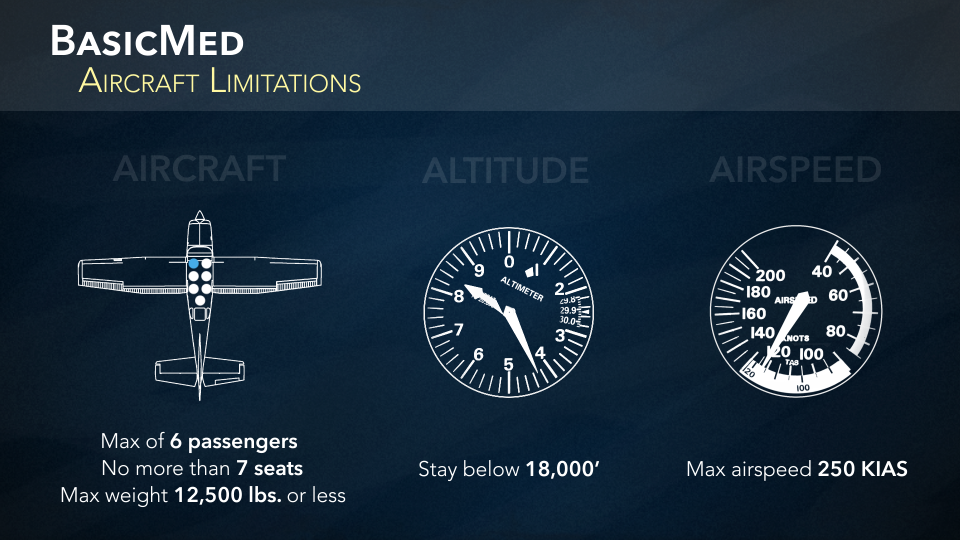What is maneuvering speed?
Maneuvering speed is considered to be the accelerated stall speed at the positive limit load factor (LLF) for the category of aircraft. Practically speaking, maneuvering speed (VA) provides a margin of safety. If the airplane is slower than VA, it cannot exceed the LLF without stalling so you can maneuver the airplane without the risk of exceeding its structural limit.
How does maneuvering speed change with weight?
Since VA is related to the stall speed, it will also decrease with a decrease in weight. If a table for maneuvering speed is NOT provided the the manufacturer in the POH, the following formula can be used to determine VA for a reduced gross weight.
VA2 = VA1 √(W2/W1)
Where VA1 & W1 are the maximum gross weight values for VA & Weight, and VA2 is the actual VA at the reduced weight of W2.
What is a Vg diagram?
The flight operating strength of an aircraft may be presented on a graph whose vertical scale is based on load factor and whose horizontal scale is based upon airspeed. The diagram is called a Vg diagram—velocity versus G loads or load factor. Each aircraft has its own Vg diagram that is valid at a certain weight and altitude.
Maneuvering speed is represented by the intersection of the positive limit load factor with the line of maximum positive lift capability. Any airspeed greater than this could create enough load to damage the structure of the aircraft, say when encountering severe turbulence during a high-speed descent.






